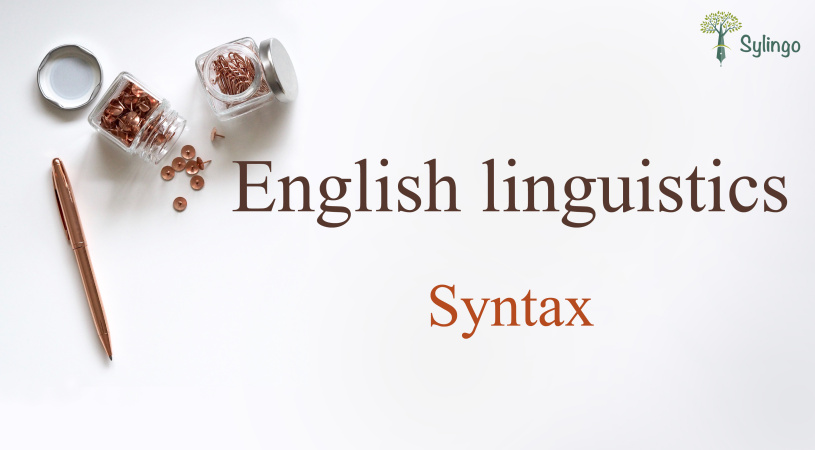To take a step further in writing sentences correctly in terms of grammar in the English language, you need to learn syntax and sentence structures.
In syntax, it is more about formation than meaning, so we can write a nonsense sentence but grammatically correct. There are some rules in English grammar that you can follow to place words accurately in a sentence. We will address them in this lesson.
Sentence structure rules
The rules of English syntax
1- Every sentence needs a subject and a verb to express a complete idea, otherwise it called a fragment. It is also known as an independent clause.
Parts of speech
1- Nouns
2- Pronouns
3- Adjectives
4- Verbs
5- Adverbs
6- Prepositions
7- Conjunctions
Note: Syntax is more concerned with grammatically correct sentences and word order than sentences with logical meaning. There is an example regularly used in English to explain this:
Colorless green ideas sleep furiously. (It is a meaningless sentence, yet grammatically correct in terms of the subject-verb agreement, the structure, and the order of the adjectives.)
Types of phrases
1- A noun phrase: It can consist of one or several words and come as a proper noun, a pronoun, an article and a noun, or several nouns. It comes either as a subject in a sentence or object, direct or indirect.
2- A verb phrase: It can consist of one or several words and come as an intransitive verb by itself or a transitive verb followed by a noun phrase as a direct object. It may contain an auxiliary verb sometimes.
3- An adjective phrase: It is used to describe a noun and can come before or after it. It consists of a group of words that acts as an adjective.
4- An adverbial phrase: It is used to describe verbs or adjectives. It consists of a group of words that acts as an adverb.
5- A prepositional phrase: It always starts with a preposition and then a noun phrase.
Types of sentences
1- A simple sentence: It consists of an independent clause, mainly of a subject and verb.
2- A compound sentence: It consists of two or more independent clauses linked by a coordinating conjunction.
3- A complex sentence: It consists of one independent and a dependent clause or more linked by a subordinating conjunction.
4- A compound-complex sentence: It consists of several independent clauses and dependent clauses.
Ambiguity
Some sentences may be confusing because they carry more than one aspect of meaning. There are two types of ambiguity, which are syntactic ambiguity and lexical ambiguity.
Example of syntactic ambiguity: I saw the man with a telescope.
(The meaning may be: I saw the man through the telescope, or I saw the man who had the telescope.)
Example of lexical ambiguity: The word Bank.
(The meaning may be: a financial services provider institution or land alongside a river.)
We become familiar with the most important ideas related to syntax. If you have any questions or suggestions, you can share them in the comments section below.





